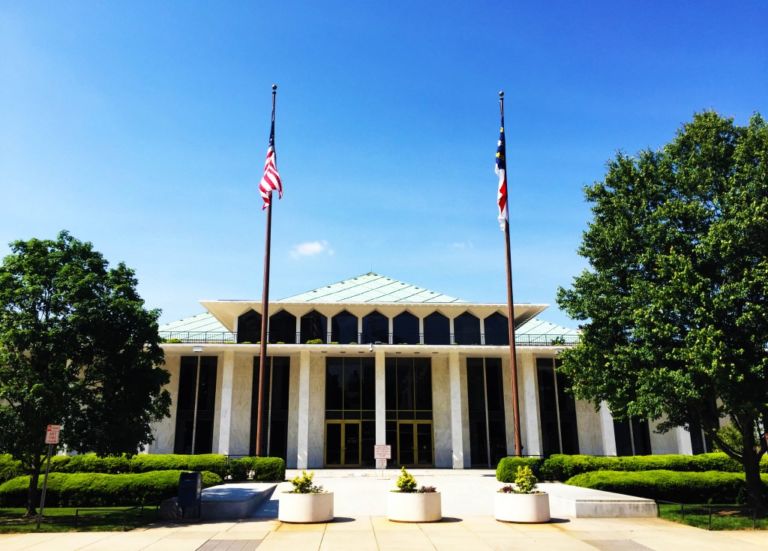Rhonda Dillingham, the executive director of the N.C. Association for Public Charter Schools, has a message for critics of charter schools.
“Parents across this state have spoken. They are tired of the status quo. They support school choice,” Dillingham said. “Public charter schools are here to stay.”
Dillingham is responding to the News & Observer’s recent series on charter schools, many of them critical of the school choice movement, she said. The N&O, along with ABC11, on Oct. 30 hosted the Community Voices forum on public charter schools. The discussion featured both critics and supporters of the school choice movement.
“Rather than the forum being an open dialogue about the direction of education in the 21st century, as the pro-education reform panelists had hoped, it was more of the same old vitriolic rhetoric that public charter schools have dealt with over the last 20 years,” Dillingham explained.
Helen Ladd, the Susan B. King professor emerita of public policy and economics at Duke University, argued charter schools should be kept on the fringes of the education system in order to monitor their quality. Dillingham took issue with this characterization of charters.
“The word ‘fringe’ brings to mind synonyms like marginal and meaningless,” Dillingham said. “With 173 public charter schools educating over 90,000 of North Carolina’s students and with 80 percent of those schools having a waiting list, fringe is hardly an appropriate way to think about these schools.”
Natalie Beyer, a Durham school board member, said charters get to cherry pick the best students for their schools, leaving traditional public schools with the “most expensive-to-educate” children like special education students and students with limited English proficiency.
Dillingham disagrees, and pointed to 16 charter schools with an enrollment of economically disadvantaged students above the state average having exceeded expectations for academic growth in 2016-2017.
“Critics would like readers to believe that charters and districts are not educating the same kinds of students; however, charter schools are required by law to enroll any North Carolina student for which a slot is available,” Dillingham explained.
Charter schools have their challenges, but Dillingham says they have a lot of reasons to celebrate. The 2016-17 school performance grades gave 43.9 percent of charter schools an A/A+NG or B grade, compared to 35.2 percent of district schools. Over 50 percent of charter schools with grades 3-8 scored an A or B in reading for the end of grade tests.
“Clearly, we have much to celebrate, but overwhelmingly charter leaders have a message they’d like me to relate to their district peers: join with us to fulfill the part of our mission that encourages sharing proven innovative practices,” Dillingham said.


